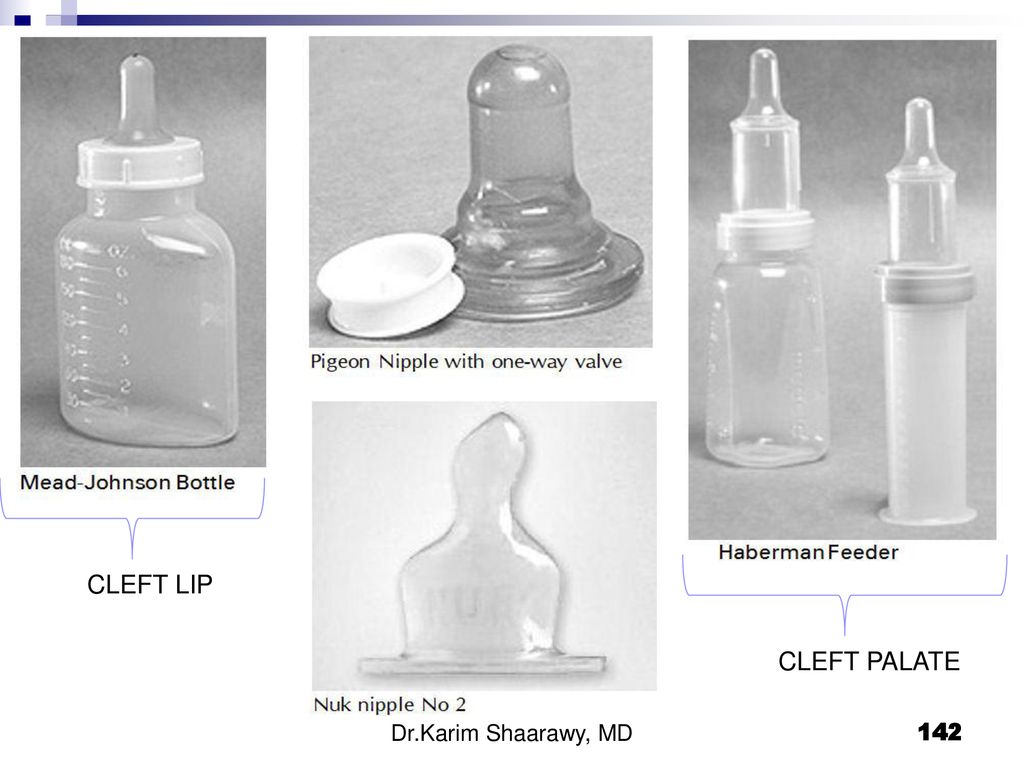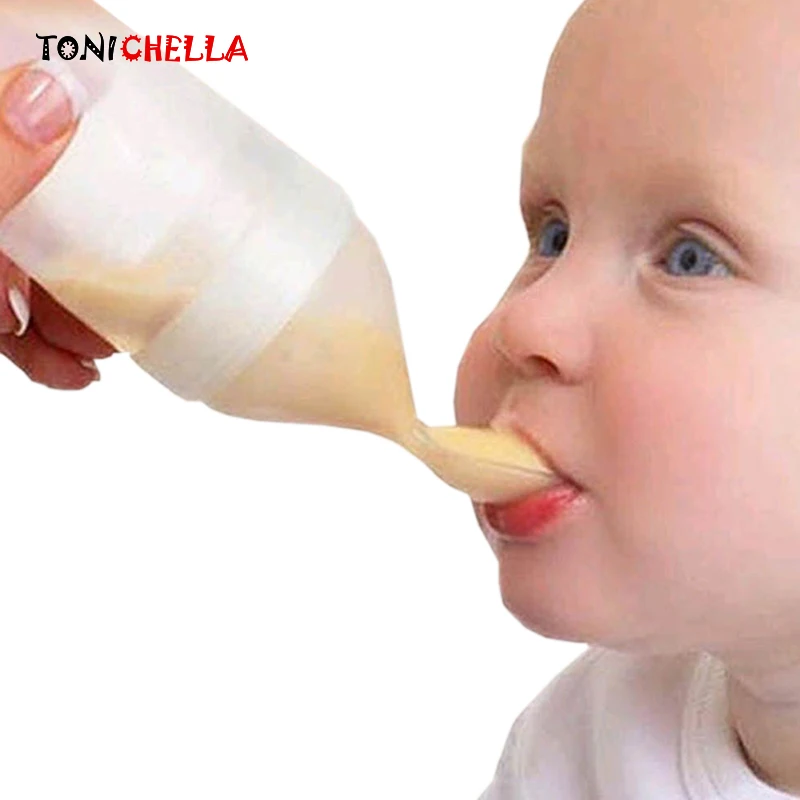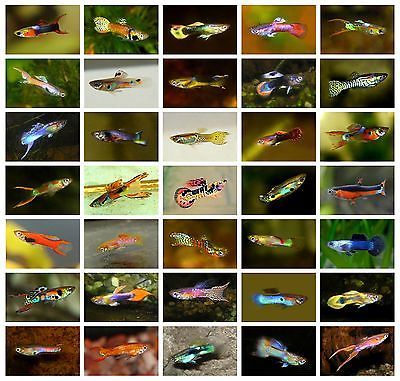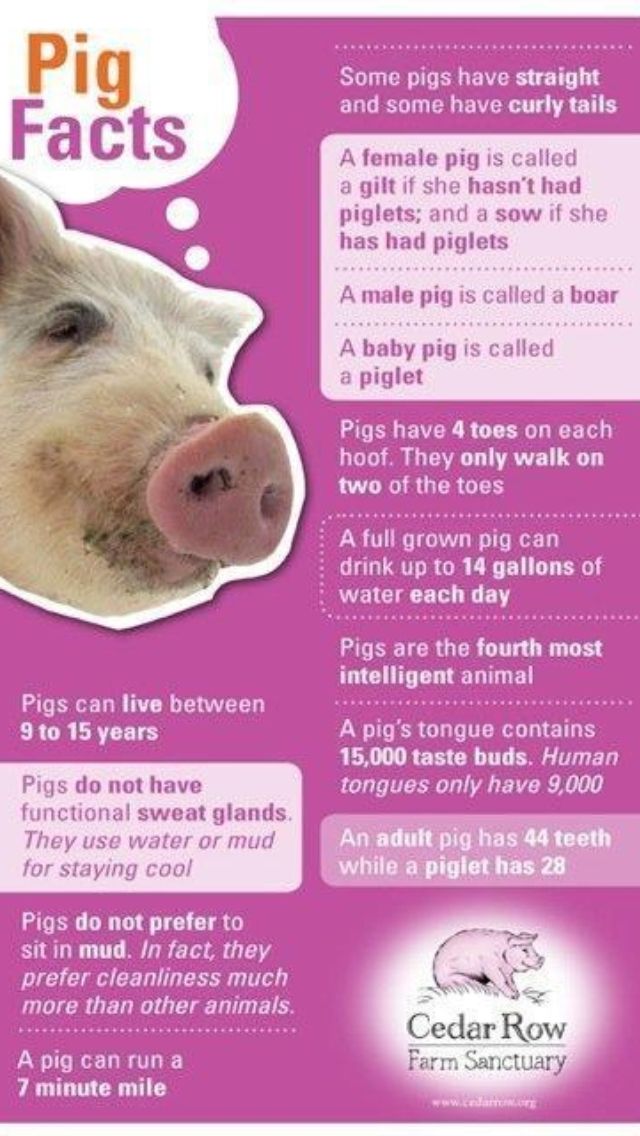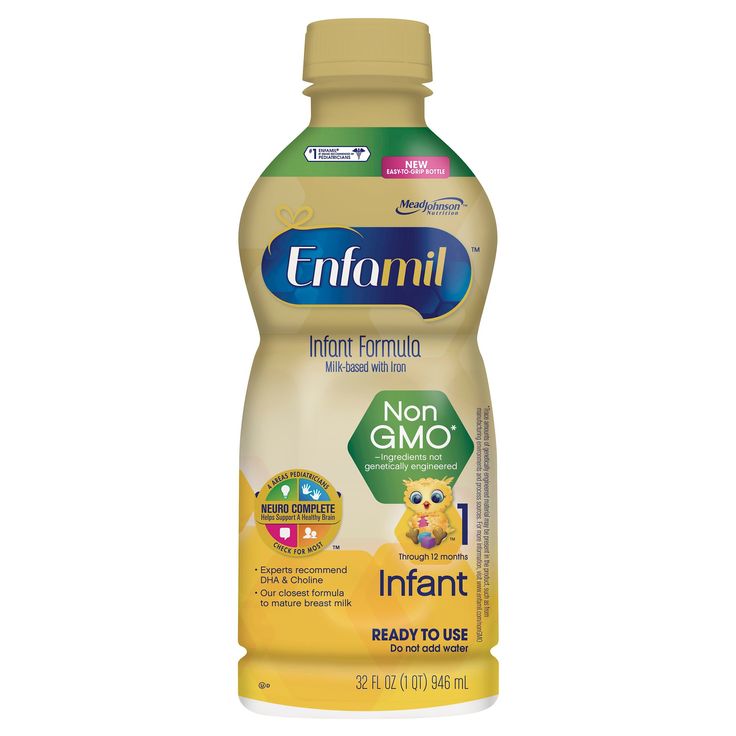Feed baby solids before or after bottle
Balancing introducing solids with milk feeds
At around 6 months of age babies need to start having solid foods as well as breastmilk or formula. Find out how to get started with solid foods and what are the best foods to start with.
When to introduce solids?
At 6 months, your baby will still be getting most of their nutrition from breast milk or formula.
As you introduce solid foods, continue feeding with breastmilk or formula until at least 12 months of age.
Start to introduce solid foods at around 6 months of age when:
- your baby can sit up with support and has good head control
- your baby starts to show interest in food such as watching and reaching out when they see food
Even though some babies show these signs from an earlier age, continue to offer your baby breastmilk or formula if they appear hungry. This is usually all they need until around 6 months. It’s recommended that you don’t introduce solids before 4 months.
How to introduce solid foods into your baby’s diet
Start feeding your baby solids once a day. Your baby will take only small amounts of solid foods at first. Try one teaspoon at first of pureed vegetable, fruit, or rice cereal in between milk feeds.
From 6 to 9 months continue to give your baby breastmilk or formula first, then try solids after the milk.
From 9 months you can try to give solids first, then breastmilk or formula. This allows for your baby to naturally transition to solids by around 12 months.
At around 8 to 9 months try giving your baby solids as part of breakfast, lunch, and dinner.
Continue breastmilk or formula through the first year of life while foods are being introduced. From around 6 months you can try small amounts of cooled boiled water out of a sippy cup.
Which foods first?
From 6 months of age baby’s first foods should contain iron. Foods that have iron, include:
- iron-fortified baby cereals
- meat
- poultry
- fish
- legumes - lentils, beans, or chickpeas
Guidelines recommend that you can introduce foods in any order and at a pace that suits your baby, family, and cultural backgrounds, as long as some foods servings contain iron.
Your baby’s first foods can be smooth, mashed or have soft lumps.
Choose from the 5 food groups.
Vegetables and legumes
Give your baby cooked and pureed:
- pumpkin
- sweet potato
- carrots
- potato
- peas
- broccoli
- cauliflower
- zucchini
Over time puree them less so the texture gets lumpier.
Then introduce vegetables that are cooked but not pureed.
Fruit
Give your baby stewed and pureed:
- apples
- pears
- peaches
- apricots
- berries
Your baby might also like to try mashed ripe banana.
Gradually introduce pieces of cooked fruit, banana, peach and grated raw apple.
Avoid larger pieces of raw apple; babies can choke on them.
Grains and cereals
Give your baby fortified infant cereals (e.g. rice cereal) to start.
Move to cooked rolled oats, wholegrain breakfast biscuits (Weetbix, Vita Brits) or thick infant cereals.
Don’t add sugar or honey or offer cereals with chocolate or added sugar.
Meat, fish, poultry, eggs, legumes, tofu
Meat, fish, poultry eggs, legumes, tofu should always be pureed when you start introducing solids.
When your baby accepts this, offer them bite size pieces of:
- chicken
- minced meat
- flaked fresh or canned fish (in spring water)
- mashed tofu
- mashed legumes
- scrambled or mashed boiled eggs
Don’t add salt. Also avoid processed meats as they have a lot of salt.
Milk, cheese, yoghurt
Formula should be used only until your baby is 12 months old. Then small amounts of milk can be added to foods like porridge. Breast feeding is recommended to continue until the age of 2 or longer.
Grated cheese is good in mashed vegetables.
Choose yoghurt without added sugar. Add fruit for extra flavour
What drinks should I be giving my baby?
After 12 months of age breastmilk, water (clean tap water or bottled water) and full fat cow’s milk should be the main drinks you offer your baby.
Keep breastfeeding for as long as you and your baby like.
Switch from formula to full fat ordinary cow’s milk after 12 months. Your child doesn’t need toddler milk products. Offer your baby a cup to drink from rather than a bottle. Your one-year-old should be exclusively drinking from a toddler cup.
From about 12 months, you can try rice milk and oat milk (fortified with at least 100mg calcium/100mL) if you want. But these drinks don’t have enough protein and vitamin B12. Your baby will need to have plenty of meat, poultry, fish, eggs, yoghurt, or cheese to make up for what they’re not getting from cow’s milk.
How much should I feed my baby?
Your baby will grow at different rates at different times. Their appetite can vary, even from day to day.
Babies don’t know what to eat but they know how much. Provide wholesome, healthy unprocessed food choices. Take your cue from your baby. Babies tend to turn away or lose interest when they’ve had enough to eat.
Finger foods and self-feeding
By 9 to 12 months, most babies like finger foods. Finger foods are foods they can hold themselves.
Some also like to hold their own spoon at that age. It will be messy! But learning to feed themselves is important.
By 12 months, your baby can eat the same healthy food you serve your family.
Foods to limit or avoid when introducing solids
There are some foods and drinks you should limit or avoid:
- coffee and tea, herbal drinks are not recommended
- fruit juice
- honey until 12 months (to prevent botulism)
- processed foods
- raw or runny eggs (bacteria in raw eggs can be harmful to babies)
- sugar sweetened drinks
- unpasteurised milks
Low-fat milks are not recommended in the first 2 years of life. Goat’s milk, sheep’s milk, soy milk, coconut milk and almond milk should also be avoided before the age of 2 unless your doctor recommends them.
Avoid small hard foods such as whole nuts and uncooked vegetables until 3 years. These can be choking hazards.
If your family doesn’t use animal products, your baby may need a vitamin B12 supplement. Discuss this with your doctor.
Seek help from your health care professional if you are worried about your baby’s eating or development.
Fruit — give your baby stewed and pureed apples, pears, peaches, apricots and berries, or mashed ripe banana. Gradually introduce pieces of cooked fruit, banana, peach and grated raw apple. Avoid larger pieces of raw apple; babies can choke on them.
Grains and cereals — give your baby fortified infant cereals (e.g. rice cereal) to start. Move to cooked rolled oats, wholegrain breakfast biscuits (Weetbix, Vita Brits) or thick infant cereals. Don’t add sugar or honey and don’t use cereals with chocolate or added sugar.
Meat, fish, poultry, eggs, legumes, tofu — make them pureed at the start.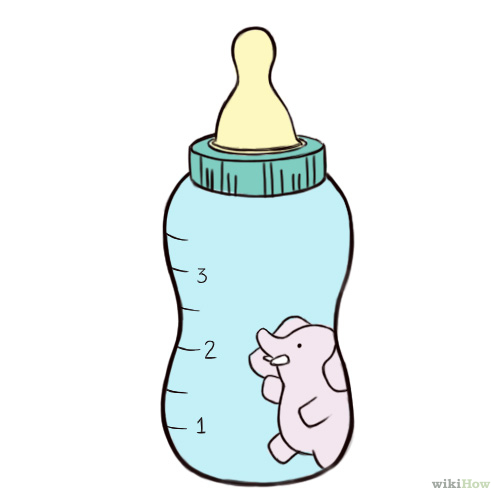 When your baby accepts this, offer them pieces of chicken, minced meat, flaked fresh or canned fish (in spring water), mashed tofu, mashed legumes, scrambled or mashed boiled eggs. Don’t add salt and avoid processed meats as they also have a lot of salts.
When your baby accepts this, offer them pieces of chicken, minced meat, flaked fresh or canned fish (in spring water), mashed tofu, mashed legumes, scrambled or mashed boiled eggs. Don’t add salt and avoid processed meats as they also have a lot of salts.
Milk, cheese, yoghurt — breast milk or formula should be used for up to 12 months, then small amounts of milk can be added to foods like porridge. Grated cheese is good in mashed vegetables. Choose yoghurt without added sugar. Add fruit for extra flavour.
How much?
Babies grow at different rates at different times. Their appetite can vary even from day to day.
Babies don’t know what to eat but they know how much. Take your cue from your baby. Healthy babies turn away or lose interest when they’ve had enough.
Finger foods and self-feeding
By 9 to 12 months, most babies like finger foods.
Some also like their own spoon at that age. It will be messy, but learning to feed themselves is important.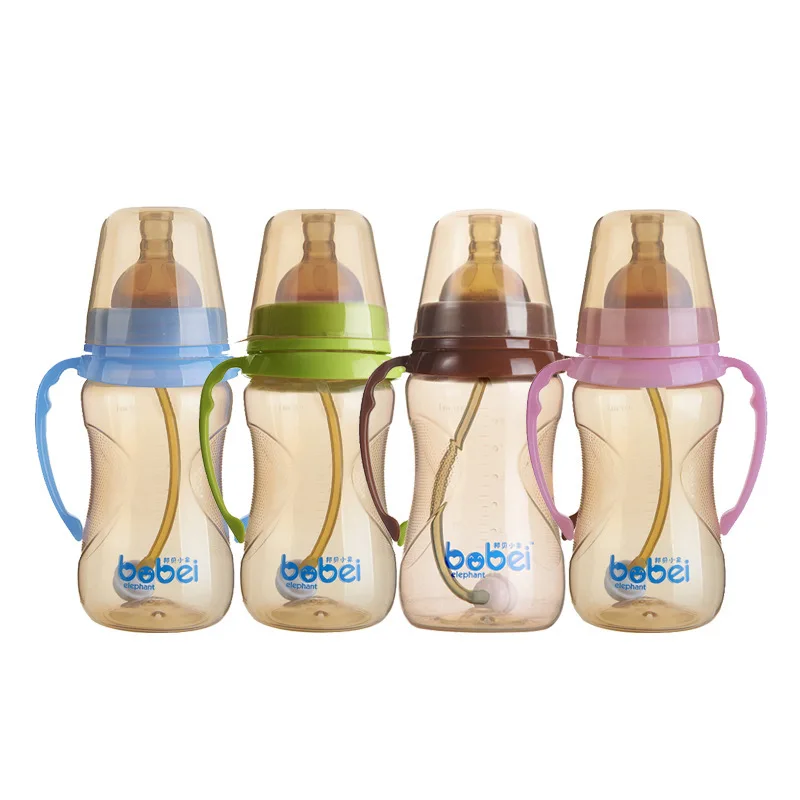
By 12 months, serve the same healthy food you serve your family, but without hot spices.
Encourage infants to feed themselves.
If you have stopped breastfeeding, switch to ordinary cow’s milk after 12 months. Use a cup rather than a bottle. Limit the amount of cow’s milk to around 500ml per day. Under health professional supervision, you can use full fat rice milk or oat milk with at least 100mg calcium per 100mL if you want, as long as other sources of protein are included (meat, chicken, fish, eggs, legumes or nut butters).
Your child doesn’t need toddler milk products.
If your family doesn’t use animal products, your baby may need a vitamin B12 supplement. Discuss this with your doctor.
Learn more here about the development and quality assurance of healthdirect content.
Formula Feeding FAQs: Starting Solids and Milk
Home | Patients and Families | Health Library | Formula Feeding FAQs: Starting Solids and Milk
- are interested in foods (for example, they may watch others eat, reach for food, and open their mouths when food approaches)
- hold up their heads well, and sit up with little or no help
- have the oral motor skills needed to eat (meaning that they don't push food of the mouth but move it to the throat and swallow it)
- usually weigh twice their birth weight, or close to it
Whether you've decided to formula feed your baby from the start, are supplementing your breast milk with formula, or are switching from breast milk to formula, you're bound to have questions.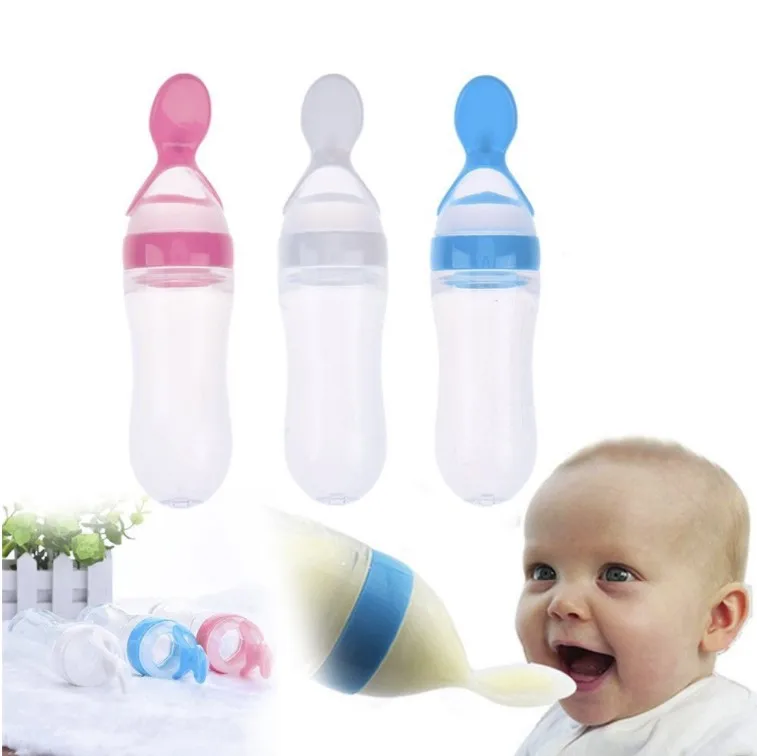 Here are answers to some common queries about formula feeding.
Here are answers to some common queries about formula feeding.
When should I introduce solid foods and juice?
The best time to introduce solid foods is when your baby has developed the skills needed to eat. This usually happens between the ages of 4 and 6 months. How do you know when your baby is ready?
Babies who are ready to eat solids foods:
Wait until your baby is at least 4 months old and shows these signs of readiness before introducing solids. Babies who start solid foods before 4 months are at a higher risk for obesity and other problems later on. They also aren't coordinated enough to safely swallow solid foods and may choke on the food or inhale it into their lungs.
They also aren't coordinated enough to safely swallow solid foods and may choke on the food or inhale it into their lungs.
When the time is right, start with a single-grain, iron-fortified baby cereal (rice cereal has traditionally been the first food for babies, but you can start with any you prefer). Start with 1 or 2 tablespoons of cereal mixed with breast milk, formula, or water. Another good first option is an iron-rich puréed meat. Feed your baby with a small baby spoon, and never add cereal to a baby's bottle unless your doctor recommends it.
At this stage, solids should be fed after a nursing session, not before. That way, your baby fills up on breast milk, which should be your baby's main source of nutrition until age 1.
When your baby gets the hang of eating the first food, introduce a variety of other foods, such as puréed fruits, vegetables, beans, lentils, or yogurt. Wait a few days between introducing new foods to make sure your baby doesn't have an allergic reaction.
Experts recommend introducing common food allergens to babies when they're 4–6 months old. This includes babies with a family history of food allergies. In the past, they thought that babies should not get such foods (like eggs, peanuts, and fish) until after the first birthday. But recent studies suggest that waiting that long could make a baby more likely to develop food allergies.
Offer these foods to your baby as soon as your little one starts eating solids. Make sure they're served in forms that your baby can easily swallow. You can try a small amount of peanut butter mixed into fruit purée or yogurt, for example, or soft scrambled eggs.
Note: There is no benefit to offering fruit juice, even to older babies. Juice can fill them up and leave little room for more nutritious foods, promote obesity, cause diarrhea, and even put a baby at an increased risk for cavities when teeth start coming in.
When can I start giving my baby cow's milk?
Before their first birthday, babies still need the nutrients in breast milk or formula. But at 1 year old, your baby can try whole cow's milk. Why not skim or 2%? Because babies need the fat in whole milk for normal growth and brain development during the busy early toddler period.
But at 1 year old, your baby can try whole cow's milk. Why not skim or 2%? Because babies need the fat in whole milk for normal growth and brain development during the busy early toddler period.
You can transition your baby from formula to whole milk by beginning to replace bottles of formula with bottles — or sippy cups — of milk. By 1 year old, your baby should be eating a variety of other foods and only 2-3 cups (480-720 milliliters) of milk per day.
If your baby was put on a soy or hypoallergenic formula because of a milk allergy, talk to your doctor before introducing milk.
When can I start giving my baby water?
In their first few months, babies usually don't need extra water. On very hot days, most babies do well with additional feedings. But you may want to offer your infant water, especially if your baby's pee is dark or your baby pees less often than usual.
Once your baby is eating solid foods, you can offer a few ounces of water between feedings, but don't force it.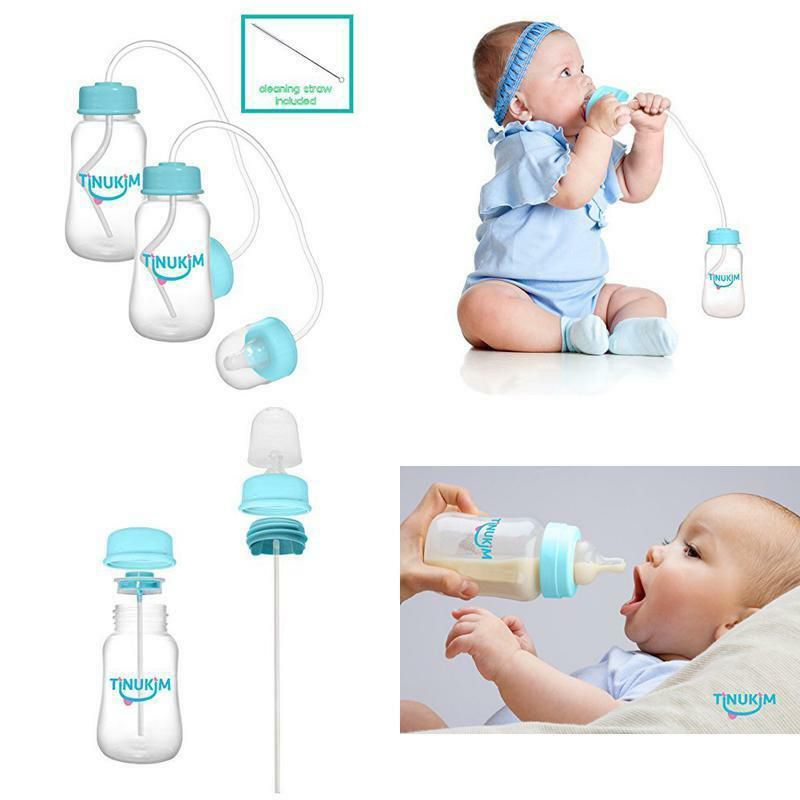 Water that is fortified with fluoride will help your baby develop healthy teeth and gums. If you live in an area with nonfluoridated water, your doctor or dentist may prescribe fluoride drops.
Water that is fortified with fluoride will help your baby develop healthy teeth and gums. If you live in an area with nonfluoridated water, your doctor or dentist may prescribe fluoride drops.
Note: All information is for educational purposes only. For specific medical advice, diagnoses, and treatment, consult your doctor.
© 1995-2022 KidsHealth® All rights reserved. Images provided by iStock, Getty Images, Corbis, Veer, Science Photo Library, Science Source Images, Shutterstock, and Clipart.com
Nutrition - Motherhood in Khabarovsk
Nutrition, from 6 months before 10 months
From bottle to cup: step by step
Every mother sooner or later begins to teach her baby to use the drinker on his own. Now is the time to say "bye bye" to your bottle and try to master the cup:
Now is the time to say "bye bye" to your bottle and try to master the cup:
- 6 months: If you are bottle feeding, occasionally offer a bottle of juice or water. However, these drinks are quite different in taste from the usual milk, and therefore do not be surprised if at first the baby meets them with hostility. Just be patient and offer him those drinks again in a few days. nine0003
- 7 months: Let your baby play with an empty cup to get used to the look and taste. Soon you will be able to pour some water or juice into it and treat your baby. Most likely at first he will agree to no more than one or two sips, but little by little he will get used to this new way of getting a drink.
- 8 months: already confident enough to drink from a drinker, offer the baby kefir, juice or water. You can try replacing one breastfeed with drinking expressed milk from a drinker. nine0003
- 9 months: As before, try to balance the child's upbringing with whether he is ready to give up his usual way of feeding.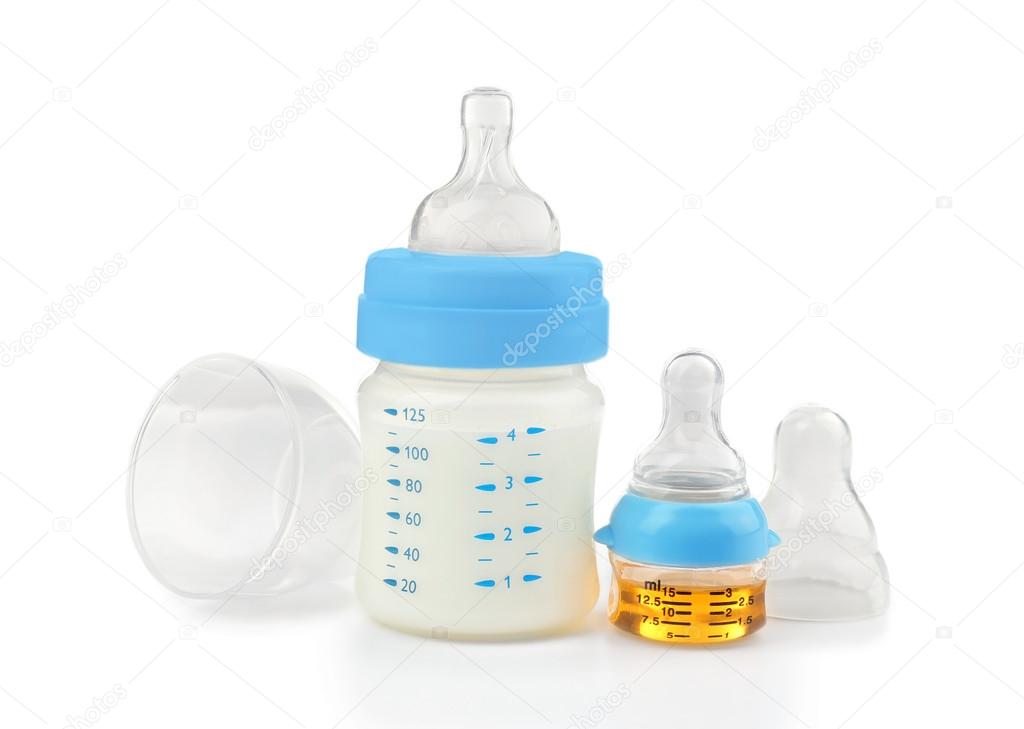 Remember: no one has set a deadline for you to definitely wean the baby from the breast or teach him to drink from a cup. But, most likely, at this age the baby will already be able to bring the drinker to his mouth.
Remember: no one has set a deadline for you to definitely wean the baby from the breast or teach him to drink from a cup. But, most likely, at this age the baby will already be able to bring the drinker to his mouth.
Nutrition, from 6 months before 12 months
Baby drinks
The transition to solid foods entails an increase in the number of drinks that the child can drink both from a bottle and from his own cup. The main drink should be boiled water without sugar. And also you can give your baby fruit juices, compotes from fresh and dried fruits, herbal tea.
The main drink should be boiled water without sugar. And also you can give your baby fruit juices, compotes from fresh and dried fruits, herbal tea.
Safety while feeding
Accidents can occur during feeding, so take all necessary precautions:
- Never leave a baby alone to eat.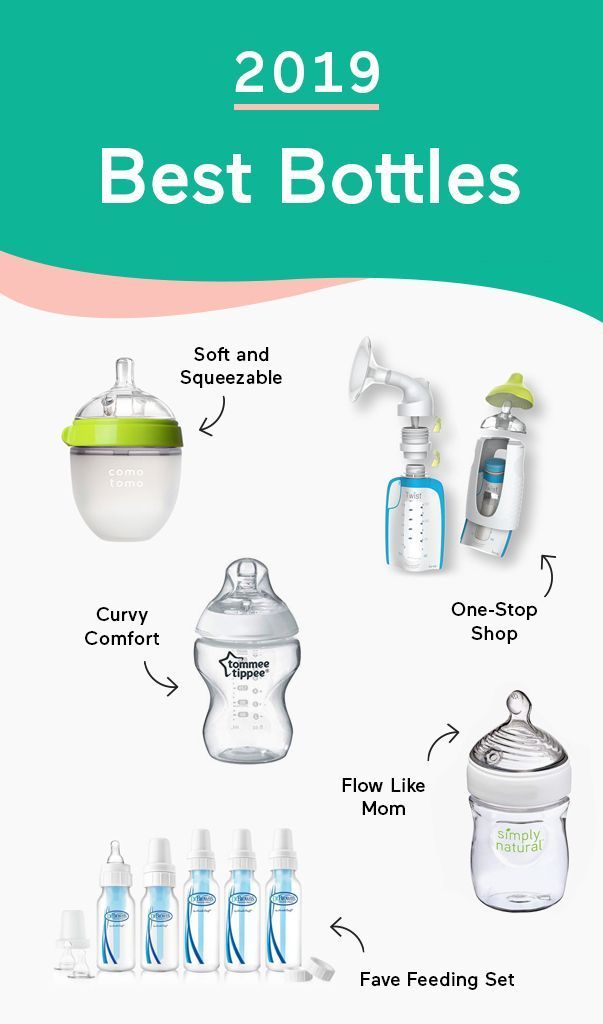
- Check food temperature before serving to baby.
- The milk bottle and utensils should be sterilized after each use, but items for thick food should not be sterilized, it is sufficient to wash them thoroughly with hot water, rinse and dry on the kitchen counter. nine0003
- If the child drinks from a training cup with a neck that is difficult to clean, it can be placed in the sterilizer along with the bottles.
Complementary foods, from 6 months before 1 year
General principles of healthy eating
During the introduction of complementary foods, and until at least two years of age, a child's diet should not be too low in fat (as this may reduce energy intake) or too high in fat (as this may reduce micronutrient density). A reasonable amount of fat intake is considered to provide about 30–40% of total energy intake. nine0003
A reasonable amount of fat intake is considered to provide about 30–40% of total energy intake. nine0003
Sugar added to food should be limited to about 10% of the total energy intake, as high intake may impair micronutrient status.
Complementary foods, from 6 months before 1 year
How to Increase Iron Absorption While Weaning
When you switch to meat in your complementary foods, you should be aware of the absorption of iron. There are two types of iron: heme and non-heme. Heme iron is found in meat products and is highly bioavailable. Non-heme iron is found in plant foods. And if you add a little meat to the dish with vegetables, then the bioavailability of the iron contained in the dish with vegetables can be significantly improved. This is due to the fact that meat and fish contain heme iron. nine0003
There are two types of iron: heme and non-heme. Heme iron is found in meat products and is highly bioavailable. Non-heme iron is found in plant foods. And if you add a little meat to the dish with vegetables, then the bioavailability of the iron contained in the dish with vegetables can be significantly improved. This is due to the fact that meat and fish contain heme iron. nine0003
One study of 7-month-old infants found a 50% increase in the absorption of non-heme iron from vegetables after adding meat to a meal.
As for fish, fish also contains heme iron and therefore has a positive effect on iron status. It is believed that fish also contains the “meat factor”, which has a beneficial effect on the absorption of non-heme iron.
Only small amounts of meat are needed to improve iron status, and meat should be introduced into the diet gradually from about 6 months of age. Eating large amounts of meat early can lead to high protein intake, which can have negative consequences. nine0003
nine0003
Meat and fish can be replaced with a cheaper product: liver. Mashed liver is thus a good complementary food after about 6 months.
Complementary foods, from 3 months before 1 year
Cow's milk during weaning
The World Health Organization does not recommend cow's milk for drinking before 9 months of age. However, it can be used in small quantities in the preparation of complementary foods from 6 months of age.
However, it can be used in small quantities in the preparation of complementary foods from 6 months of age.
Infants who are not breastfed or fed commercially available iron-fortified infant formula should receive homemade cow's milk formula along with an iron supplement. nine0003
Complementary foods, from 6 months before 1 year
Complementary foods: what vegetables contain many important vitamins
Dark green leafy vegetables such as broccoli, spinach and kale contain many important vitamins and minerals, including calcium and iron. By six months, the iron stores in the child's body are depleted, in addition, children who are just starting to walk often suffer from iron deficiency. Vitamin C is present in almost all vegetables, promotes the absorption of iron. nine0003
By six months, the iron stores in the child's body are depleted, in addition, children who are just starting to walk often suffer from iron deficiency. Vitamin C is present in almost all vegetables, promotes the absorption of iron. nine0003
Red and orange vegetables such as carrots are rich in carotene, which is converted into vitamin A in the body.
Nutrition, from 7 days before 1 year
How to avoid iron deficiency
In the womb, the baby receives the main iron stores from the mother. After birth, in the process of growing up, the volume of the baby's blood increases and this can lead to a rapid consumption of iron. To prevent this from happening, you should know some rules:
After birth, in the process of growing up, the volume of the baby's blood increases and this can lead to a rapid consumption of iron. To prevent this from happening, you should know some rules:
1. Breastfeed your baby for as long as you can. The special iron found in your milk is highly biologically active and is therefore 50-75% absorbed, while other foods, such as iron-fortified cereal or formula, only get 4-10% of iron into your baby's blood. nine0003
2. Do not give cow's milk to infants, limit consumption to children under two years of age. Cow's milk (very poor in iron) should not be given as a drink to children under one year of age. In addition to being a very poor source of iron, excessive consumption of cow's milk can irritate the lining of your baby's intestines, causing little iron loss over a long period of time, further worsening iron deficiency anemia. Also limit your child's milk intake to 700 milliliters a day under two years of age. nine0003
3. Combine products wisely. Some foods promote the absorption of iron, while others inhibit it. Solid foods at the same time as breast milk or immediately after breastfeeding can reduce the absorption of valuable iron from breast milk. For this reason, if your baby is iron deficient, wait at least twenty minutes between breastfeeding and solid foods.
Some foods promote the absorption of iron, while others inhibit it. Solid foods at the same time as breast milk or immediately after breastfeeding can reduce the absorption of valuable iron from breast milk. For this reason, if your baby is iron deficient, wait at least twenty minutes between breastfeeding and solid foods.
Nutrition, from 7 months before 1 year
Learning to eat from a spoon
For the first acquaintance with a new food, it is better to choose a time when both of you have not had time to get tired during the day and are in a good mood.
1. Wash your hands before preparing vegetable puree or porridge. Check that the cooked meal is at a temperature of about 36°C.
2. Offer a new meal to your baby before feeding, when he is hungry. Do not try to make sure that he swallows everything that was in the spoon; it is enough for him to lick and taste the unfamiliar mixture. If the child is not enthusiastic about this, abandon the attempt and try again the next day. nine0003
3. If the child is happy with the new food, offer him a little, but never force him to eat. At this age, he will receive too few calories from solid food. And your goal is not to “feed” him at all, but to make acquaintance with new food a pleasant discovery.
4. During spoon feeding, the baby may cry and rage between two sips, especially if you are not very nimble. Until now, milk has been delivered to the baby in the mouth in a continuous stream, and now the gaps between individual portions may not seem very pleasant. nine0003
5. After the meal, breastfeed your baby.
After the meal, breastfeed your baby.
6. On the first day, offer your child only 2-3 spoons of the new food. Watch him carefully throughout the day. If the stool has not changed and there are no allergic manifestations, the next day you can increase the portion by about half. Do not introduce new foods more than once every 1-2 weeks. Let the baby's body get used to the new food gradually.
Complementary foods, from 4 months before 1 year
How much milk to give when introducing complementary foods
Babies still need a lot of milk.![]() The fact that the child has already tasted "real food" does not mean that he no longer needs milk. All experts agree that it is better to continue breast milk for at least a year. Do not forget that your baby is still a baby. nine0003
The fact that the child has already tasted "real food" does not mean that he no longer needs milk. All experts agree that it is better to continue breast milk for at least a year. Do not forget that your baby is still a baby. nine0003
Nutrition, from 6 months before 1 year
Gluten in baby food
Wheat contains gluten, therefore, due to the risk of allergic reactions, doctors advise not to include it in the children's diet until six months.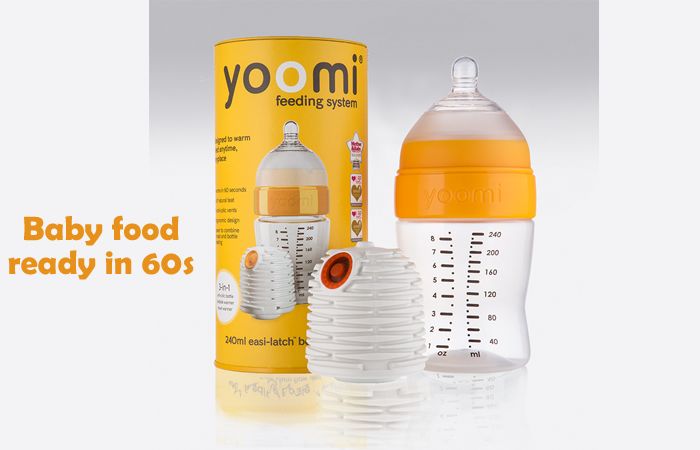 Nevertheless, there are breakfast cereals (in particular, wheat) on sale, which are marked “from four months”. If the baby is not yet six months old, choose food very carefully. Children's rice and oatmeal do not contain gluten, so they should be preferred. Wheat-free baby food is labeled gluten-free. nine0003
Nevertheless, there are breakfast cereals (in particular, wheat) on sale, which are marked “from four months”. If the baby is not yet six months old, choose food very carefully. Children's rice and oatmeal do not contain gluten, so they should be preferred. Wheat-free baby food is labeled gluten-free. nine0003
Complementary foods, from 6 months before 1 year
Baby puree recipe step by step
If you want to make your own puree for your baby, then you should adhere to the following rules:
1. Peel vegetables or fruits, removing all bones or hard parts. If you are going to cook meat, carefully remove the fat and veins, and bones from the fish. Then cut the food into pieces. nine0003
Peel vegetables or fruits, removing all bones or hard parts. If you are going to cook meat, carefully remove the fat and veins, and bones from the fish. Then cut the food into pieces. nine0003
2. When the food is butchered, place it in a saucepan or steam bath. Fruits and vegetables should be cooked for at least 20 minutes until they are completely soft.
3. Now the finished ingredients need to be soaked in puree. Use a hand or electric mixer or blender for this. You can rub the products through a sieve by hand, but this requires more effort and time.
4. Divide baby food into small, sterile containers with tight lids. Be sure to clearly label them with the date and time of preparation. It is best not to store baby food for more than 48 hours, so do not prepare meals in large portions. nine0003
Nutrition, from 9 months before 1 year
Benefits of food you can eat with your hands
At first, food that you can eat with your hands will fly in all directions, forcing you to clean up after each meal. Do not be indignant, such a meal contributes to the rapid development of the child. Children who were not allowed to eat with their hands were slower to learn how to use a spoon. In addition, the child has the opportunity to feel and taste more solid food. The food should be soft enough for the baby to "chew" with their gums, and hard enough so that it doesn't crumble or break when the baby picks it up. nine0003
Do not be indignant, such a meal contributes to the rapid development of the child. Children who were not allowed to eat with their hands were slower to learn how to use a spoon. In addition, the child has the opportunity to feel and taste more solid food. The food should be soft enough for the baby to "chew" with their gums, and hard enough so that it doesn't crumble or break when the baby picks it up. nine0003
Complementary foods, from 6 months before 1 year
Ready-made baby food: what the label says
When choosing baby food, do not forget to read the label. The list of ingredients will tell you exactly what foods and additives were used in the preparation of the meal. Products are listed in descending order. The name itself may be a clue. For example, if a jar says "Beef with vegetables", it means that it contains more meat than "vegetables with beef". nine0003
The list of ingredients will tell you exactly what foods and additives were used in the preparation of the meal. Products are listed in descending order. The name itself may be a clue. For example, if a jar says "Beef with vegetables", it means that it contains more meat than "vegetables with beef". nine0003
Baby food manufacturers must adhere to strict limits on additives. Do not use artificial colors, preservatives or artificial sweeteners. There are laws limiting the amount of salt. Most baby food contains no salt at all. Sugar is often added to improve the taste. Beware of foods containing various forms of sugar - sucrose, glucose, glucose syrup, fruit juice, dextrose, and maltodextrin (excluding fructose). Modified corn flour does not add any nutrients. nine0003
Vitamins are often added to baby food to compensate for what is lost during cooking and sterilization. The iron contained in tasty children's food prevents anemia.
Nutrition, from 6 months before 1 year
How much salt does a baby need
Do not add salt when preparing food for your baby: his kidneys are not yet able to cope with such a load.
- Breast milk contains only 5 mg of salt per 250 ml. The same amount of cow's milk that should not be given whole to babies under eight months of age contains 120 milligrams of table salt. nine0003
- Salt is found in hard cheeses, breads, cereals and biscuits. Choose foods that are low in salt whenever possible.
- Children aged six months to one year require 250 ml to 720 mg of salt per day. Avoid giving foods that contain more than 50 mg of salt before cooking - check the label.
Breastfeeding after 1 month: what to expect
Do you know when breast milk production stabilizes? And how does the frequency and duration of feedings change as the baby grows? You will find answers to these questions in our recommendations for breastfeeding after the first month. nine0003
Share this information
Congratulations: You made it through the first month of breastfeeding. Your breast milk has reached full maturity 1 , its production is stabilizing, and there is little or no leakage from the breast. Don't worry, it's not getting less milk, it's just that your breasts are better able to produce and store it now. 2 At the age of six weeks, your baby will begin to please you with his charming toothless smiles, and by two months you will already have 500-600 feedings behind you. With a favorable development of events, problems with latch on by this point will already be resolved, and you can simply enjoy the convenience and benefits of breastfeeding. nine0003
Your breast milk has reached full maturity 1 , its production is stabilizing, and there is little or no leakage from the breast. Don't worry, it's not getting less milk, it's just that your breasts are better able to produce and store it now. 2 At the age of six weeks, your baby will begin to please you with his charming toothless smiles, and by two months you will already have 500-600 feedings behind you. With a favorable development of events, problems with latch on by this point will already be resolved, and you can simply enjoy the convenience and benefits of breastfeeding. nine0003
When does breastfeeding decrease?
The "normal" feeding frequency for babies aged one to six months varies considerably, with some needing four times a day, others asking to be breastfed 13 times a day. 3
“From the age of one month, the amount of milk a baby consumes per feeding increases so that he can go without food for longer,” explains Cathy Garbin, a recognized international expert on breastfeeding, “A baby’s stomach grows, so he eat more at one time.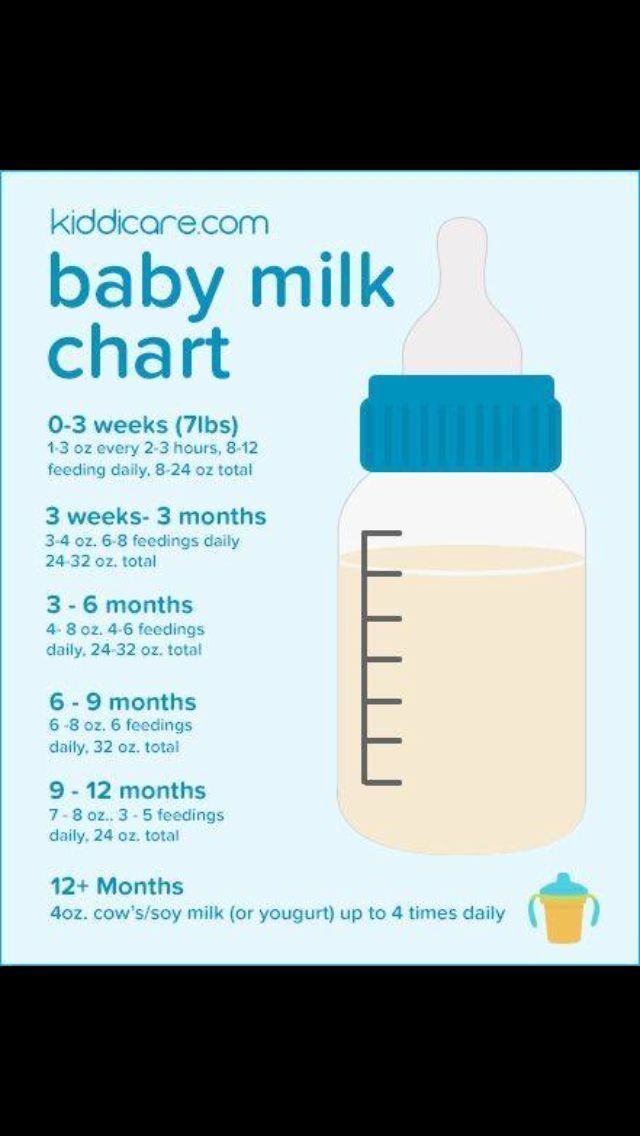 In addition, mature milk allows him to stay full longer.” nine0003
In addition, mature milk allows him to stay full longer.” nine0003
Feeding can last from 12 minutes to one hour -
the habits of babies vary so much! 3 But if the child is gaining weight and falls within this range, there is no cause for concern.
What is most surprising, no matter how often the baby eats, he consumes approximately the same amount of milk per day - both at one month and at six, when it is time to start complementary foods with solid food. 4
“However, sometimes the baby eats more and sometimes less, especially when he is unwell. It’s better to just listen to his needs,” Katie explains. nine0003
Is breastmilk sufficient for the first six months?
Yes. Breast milk contains everything a baby needs for the first
six months of life - exclusively breastfed babies don't even need to drink water! 5 Until about six months of age, a child's digestive system is simply not adapted to the digestion of solid food, and he will be able to drink cow's milk only after a year.
In addition, breastfeeding during this period prepares the child for further development. It strengthens the muscles of the mouth, develops the jaw and helps straighten the teeth 6.7 . All this will come in handy when the baby begins to eat and talk. And because what you eat and drink affects how your breast milk tastes, your baby discovers new tastes even before he starts eating solid foods. 8
In addition, when your baby is sick, your body produces breast milk that is
rich in antibodies that help fight infection. 9 In other words, milk continues to protect the baby for many months as it grows and becomes more active. nine0003
Breastfeeding is also very comfortable once you get used to it. Claudia, a mother of two from the UK, notes: “No need to sterilize a mountain of bottles, prepare formula, carry it all with you, warm it up - in general, breastfeeding turned out to be very convenient, especially when my babies grew up and we began to leave the house more often. ".
".
At what age does a breastfed baby start sleeping through the night?
Waking up at night is normal for babies. Most babies between the ages of one and six months consume a fifth of their daily milk requirement at night, so nighttime feedings should not be neglected if you want your baby to get the required amount of calories. nine0167 3
"It really depends on what you mean by 'sleep through the night,'" says Cathy. "And it's better than waking up every two hours anyway! I have met infants who, starting at six weeks old, fell asleep at 19:00 and woke up at 7:00, but most continue to wake up frequently at night after this age. All children are different."
In Wales, a study of more than 700 infants showed that almost 80% of children aged 6 to 12 months wake up at least once a night, and 25% of them wake up three times or more. And it did not depend on what type of feeding the child is on - breastfeeding or artificial. nine0167 10
And if nighttime awakenings are unavoidable anyway, breastfeeding is at least comfortable! Maina, a mother of two from Australia, agrees: “You can even take a nap while feeding in the middle of the night - both the body and the baby do their job on autopilot. No need to plan, measure, sterilize anything - ready-made food at the right temperature is right in your chest. I think it's ideal."
No need to plan, measure, sterilize anything - ready-made food at the right temperature is right in your chest. I think it's ideal."
My child wakes up more often. Perhaps he is hungry?
Around four months of age, a baby's sleep patterns change as they develop deep and light sleep phases like an adult. Because of this, he may wake up more often at night. “At four months, sleep is more of a problem than feeding,” Cathy admits. “It can be exhausting, but try to adapt and be patient.” nine0003
Some call this " a four-month sleep regression ", but "progress" is more appropriate here. From the outside it may look like a step back, but in fact the child is approaching an important stage of development. He learns quickly, begins to become aware of the world around him, his perception is sharpened and, perhaps, there is anxiety about being separated from his mother. Crying when waking up and being able to eat milk cuddled up to mommy’s chest is a way for a baby to calm down. nine0167 11–13
nine0167 11–13
Resist the urge to “finish” your baby with formula or to start complementary foods early
in an attempt to improve his sleep. Breast milk contains
hormones that make you sleepy and help you relax
both of you. Studies show that breastfeeding mothers actually sleep longer at night than mothers of formula- or formula-fed babies
. 14
How does teething affect breastfeeding?
Teething usually begins around four months of age. When a baby has gum pain, he becomes restless, throws his chest and cries. All this, of course, is unpleasant.
However, breastfeeding can be an excellent sedative.
Studies have shown that babies who are breastfed
during the vaccination period cry less and forget pain more quickly. 15 Breastfeeding during teething can have the same calming effect. nine0003
An unpleasant side effect may be the child's attempts to try out his new teeth on the mother's breast. “Sometimes children flirt and bite their mother’s nipples. This can be felt in advance by how the behavior of the child changes when feeding: before biting, he removes his tongue, explains Cathy, “Usually this is not a problem and only happens a couple of times. It is enough to stop feeding, affectionately say that biting is not good, and the baby will soon leave this fun.
“Sometimes children flirt and bite their mother’s nipples. This can be felt in advance by how the behavior of the child changes when feeding: before biting, he removes his tongue, explains Cathy, “Usually this is not a problem and only happens a couple of times. It is enough to stop feeding, affectionately say that biting is not good, and the baby will soon leave this fun.
How to continue feeding if you have to be separated from the baby? nine0173
It happens that during the first six months, when the baby is still fully breastfed, the mother needs to be away for several hours - or even longer if she has to go to work or go away on business for a couple of days.
But this does not mean that you should stop breastfeeding. You can still feed your baby healthy breast milk - just express it and have someone give it to your baby when you're away. Here's Katie's advice:
“Start expressing milk a couple of days in advance, in small batches, 40-60 ml at a time. So you will have the necessary supply for the time of your absence, but at the same time the amount of milk produced will remain the same.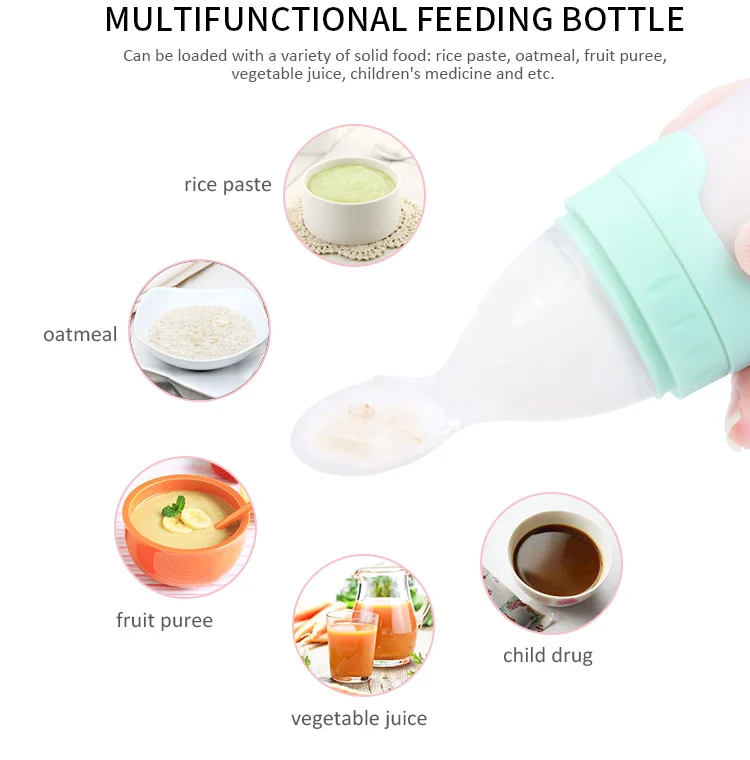 nine0003
nine0003
If you have to return to work, check with your employer about your daily schedule. Many mothers breastfeed their babies in the morning, evening and night, and pump milk at lunchtime to relieve discomfort and create a reserve for the next day.
This usually turns out to be much easier than one might think, and today many companies are well placed to do this, notes Cathy. “Breast pumps make it easy to solve this problem.”
Natalie, mother from the USA, shares her experience: “I feed Dylan as soon as he wakes up, and sometimes again before leaving for work, in order to maintain milk production and not lose contact with the child. At work, I pump twice the next day (in my absence, he eats two bottles of breast milk), and after work I rush home for the evening feed. I don't pump on the weekends - we resume regular breastfeeding." nine0003
Is it possible to continue breastfeeding after the introduction of solid foods?
When your baby begins to show interest in food and can sit up on his own - usually around six months of age - it's time to start solid foods.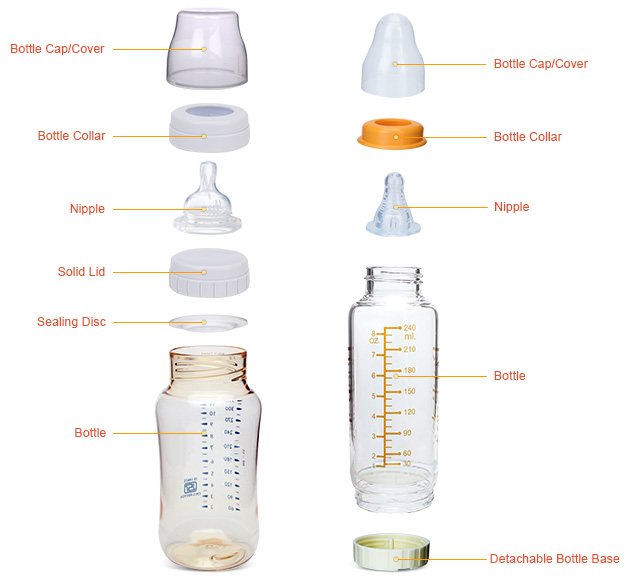 However, it is not necessary to stop breastfeeding, Cathy explains: “A baby’s iron stores during pregnancy are depleted by six months, so he needs additional sources of this element.
However, it is not necessary to stop breastfeeding, Cathy explains: “A baby’s iron stores during pregnancy are depleted by six months, so he needs additional sources of this element.
Start complementary foods with solid foods, but remember that breast milk remains a more important source of calories and nutrients until the baby is eight to nine months old. By this time, he will be eating much more solid food, but he will still need to breastfeed four to five times a day. By 12 months, the frequency of feeding may be two to six times a day. All babies are different, and many of them at this age are still getting half their daily calorie intake from breast milk.” nine0003
Don't forget that breast milk can be added to solid foods, such as cereals and purees, so that the baby can taste the familiar taste. If possible, use milk expressed just before feeding (not thawed) and add just before serving to keep bacteria and nutrients alive. 16
You may be pressured by others to stop breastfeeding when your baby is six months old, but the longer you breastfeed or pump, the better for you and your baby.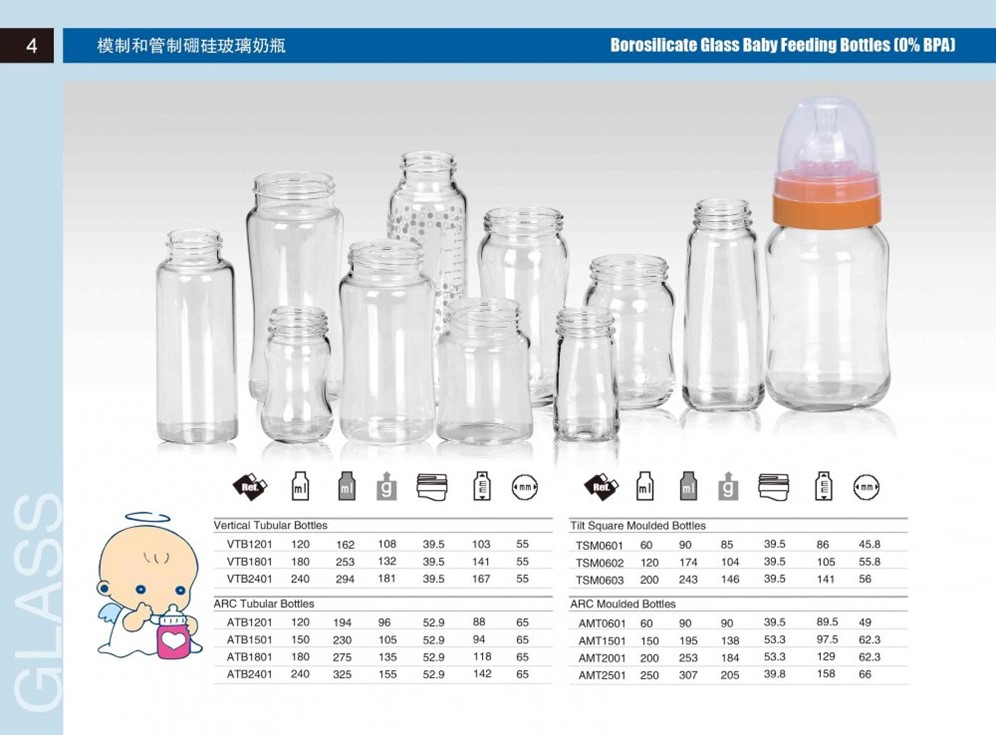 nine0003
nine0003
How long can I continue breastfeeding?
“The World Health Organization recommends breastfeeding along with solid foods until at least two years of age because it plays an important role in supporting immunity,” says Cathy. feels bad".
At eight months, the baby sometimes breastfeeds four times a day, but by one year old, the frequency of feedings can be reduced to two times a day. You yourself will understand which feeding regimen is more suitable for you and your baby. For example, Jane, a mother of two from the US, breastfed until the age of two: “I breastfed when I was at home - in the evenings and on weekends, when the children wanted to be close to me,” says Jane, “It helped a lot when they were sick . Breastfeeding has become my favorite form of comfort." nine0003
“When my son got a little older and bolder, he still often asked me to breastfeed him - as if to calm down and gain strength,” recalls Amy, a mother of two children from Canada, “When he happened to hit or skin his knee , breastfeeding was a wonderful way to comfort him. ”
”
If your baby is over a year old and you are still breastfeeding, people around you will probably tell you that this way he will never wean. But if children are not pressured, they usually refuse to breastfeed themselves between the ages of two and four. nine0167 17
“I didn’t intend to breastfeed for so long, but as a result, I still breastfeed my four-year-old daughter and 22-month-old son,” says Suzanne, mother of two from the UK, “I breastfeed my youngest before and after work, and in I express milk on business trips. The eldest daughter likes to breastfeed a little before bed or when she is upset - this is a great way to make contact. When I get tired of it, I remind myself what great benefit and comfort it brings them. I now plan to pursue a baby-initiated end breastfeeding strategy — let them decide when to stop.” nine0003
For more information on what to expect and lots of tips and tricks, see our guide Breastfeeding Problems After the First Month.
Literature
1 Ballard O, Morrow AL. Human milk composition: nutrients and bioactive factors. Pediatr Clin North Am . 2013;60(1):49-74. - Ballard O., Morrow A.L., "Composition of breast milk: nutrients and biologically active factors." nine0231 Pediatrician Clean North Am. 2013;60(1):49-74.
2 Kent JC et al. Principles for maintaining or increasing breast milk production. 2012;41(1):114-21. - Kent J.S. et al., "Principles for Maintaining and Increasing Milk Production". J Obstet Ginecol and Neonatal Nurse. 2012;41(1):114-121. nine0231
3 Kent JC Volume and frequency of breastfeedings and fat content of breast milk throughout the day. Pediatrics. 2006;117(3): e 387-395. - Kent J.S. et al., "Amount and frequency of breastfeeding and fat content of breast milk during the day. " Pediatrix (Pediatrics). 2006;117(3):e387-95.
" Pediatrix (Pediatrics). 2006;117(3):e387-95.
4 Kent JC et al. Longitudinal changes in breastfeeding patterns from 1 to 6 months of lactation. Breast Med . 2013;8(4):401-407. - Kent J.S. et al., Longitudinal changes in breastfeeding patterns from 1 to 6 months of lactation. Brest Med. 2013;8(4):401-407.
5 Almroth S, Bidinger PD. No need for water supplementation for exclusively breast-fed infants under hot and arid conditions. Trans R Soc Trop 1990;84(4):602-604. - Elmroth S., Bidinger P.D., "No need for supplementation of exclusively breastfed infants in hot, dry conditions." Trans R Sots Trop Med Hyg. 1990;84(4):602-604.
6 Victora CG et al . Breastfeeding in the 21st century: epidemiology, mechanisms, and lifelong effect. Lancet. 2016;387(10017):475-490. - Victor S.J. et al., "Breastfeeding in the 21st century: epidemiology, mechanisms and long-term effects". Lancet 2016;387(10017):475-490.
Lancet. 2016;387(10017):475-490. - Victor S.J. et al., "Breastfeeding in the 21st century: epidemiology, mechanisms and long-term effects". Lancet 2016;387(10017):475-490.
7 Peres KG et al. Effect of breastfeeding on malocclusions: a systematic review and meta - analysis. Acta Paediatr. 2015;104( S 467):54-61. - Perez K.G. et al., "The impact of breastfeeding on malocclusion: a systematic review and meta-analysis". Akta Pediatr. 2015;104(S467):54-61.
8 Mennella JA, Beauchamp GK. Maternal diet alters the sensory qualities of human milk and the nursling's behavior. Pediatrics. 1991;88(4):737-744. - Mennella, JA, Beauchamp, GK, "Maternal nutrition influences the organoleptic properties of breast milk and infant behavior." nine0231 Pediatrix (Pediatrics). 1991;88(4):737-744.
9 Hassiotou F et al. Maternal and infant infections stimulate a rapid leukocyte response in breastmilk. Clin Transl immunology. 2013;2(4). - Hassiot F. et al., "Infectious diseases of the mother and child stimulate a rapid leukocyte reaction in breast milk." Clean Transl Immunology. 2013;2(4).
Clin Transl immunology. 2013;2(4). - Hassiot F. et al., "Infectious diseases of the mother and child stimulate a rapid leukocyte reaction in breast milk." Clean Transl Immunology. 2013;2(4).
10 Brown A, Harries V. Infant sleep and night feeding patterns during later infancy: Association with breastfeeding frequency, daytime complementary food intake, and infant weight. Breast Med . 2015;10(5):246-252. - Brown A., Harris W., "Night feedings and infant sleep in the first year of life and their association with feeding frequency, daytime supplementation, and infant weight." Brest Med (Breastfeeding Medicine). 2015;10(5):246-252.
11 Infant sleep information source. [Internet]. Normal Infant Sleep Development; December 2017 [cited 2018 Feb] - All about baby sleep. [Internet] "The development of normal sleep in a child", December 2017 [cited February 2018]. nine0231
nine0231
12 Baby sleep science. [Internet]. The-Four-Month-Sleep-Regression-What-is-it-and-What-can-be-Done-About-it. March 2014 [ cited 2018 Feb ] - The science of baby sleep. [Internet], "Four-month sleep regression: what it is and what to do about it." March 2014 [cited February 2018].
13 The Myth Of Baby Sleep Regressions – What’s Really Happening To Your Baby’s Sleep? [Internet]. Pinky Mckay ; December 2017 [ cited 2018 Feb ] - "The Myth of Baby Sleep Regression - What's Really Happening to Your Baby?" [Internet]. Pinky McKay, December 2017 [cited February 2018].
14 Kendall - Tackett K ET Al
0 . The effect of feeding method on sleep duration, maternal well-being, and postpartum depression.